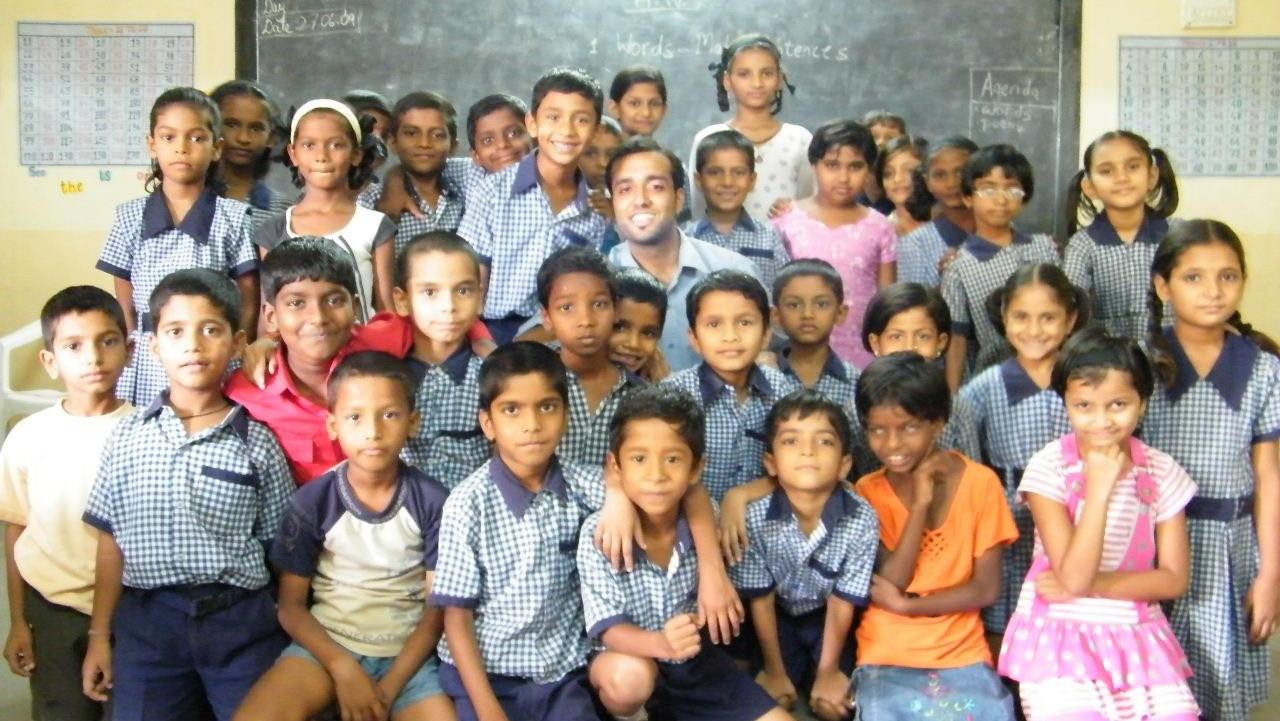A young Teach India volunteer talks about the holistic program that has helped more than 70% candidates getting a job.
Bunty Patil is 18 years old and is about to graduate from high school. Swati Mhatre is a 25 year old housewife and mother. Vinod Balid is a 32 year old sales assistant. It’s hard to imagine what these three can possibly have in common. Well, it’s this – they’re classmates – in a special classroom where they assemble every evening for two hours of thorough training in Spoken English. Living in a country where people judge other people by their ability/inability to speak English, held back by not-so-readily-available finances, and victims of a flawed education system, they are trying to move up in life.
As much as we may want to deny it, we Indians have an inexplicable bias toward people who can speak the language our erstwhile rulers spoke. Since you’ve had a good education and spoke English growing up, it might not seem like that much of a deal. Unfortunately, though, you and people like you make up around (just) 10-15% of the Indian population. As you might already know, almost half of the citizens of India fall below the poverty line. Considering the fact that our government believes 28 Rupees are enough to live for a day, it won’t be surprising if a more significant fraction actually figures in that category. With increasing expenses and ever-evolving lifestyles, it has become quite difficult to make a living in this “developing” nation of ours.
‘Teach India’ is an initiative of the Times Group. In close association with several NGOs all over the country, they have set up a simple, yet, powerful tool for educating underprivileged youth in English. The ability to use English effectively allows these youngsters to explore several career options that they would otherwise be unable to. The same government that defines people as ‘literate’ – if they are just able to sign their name in any Indian language – refuses to give jobs to people because they are not qualified enough. The service industry, which is majorly a private sector, has come as a boon to these not-qualified-enough people. They can now get stable jobs just on the basis of their talent and with a fair command of the English language.

This is where Teach India kicks in. After a painstaking survey of mammoth proportions, the course of study was designed by the British Council. It is a unique approach to teaching English, and focuses on the practical aspects of learning a language. There is no rote learning, no lessons on the rules of grammar and no tests/exams. Instead, there are modules that deal with the major facets of getting fluent in English. The students learn by actually applying the language in conversations, role-plays, and team activities. Teachers are volunteers from several walks of life, all with a sense of giving back to society, and driven by the urge to usher change. They are recruited through a stringent screening process, and put through a month-long training on how to teach in this radical new way.
I have already finished teaching one batch, am almost done with another, and I can vouch for the methods and the effectiveness of the curriculum. It is amazing to see how a person who could not speak more than a few broken words is now able to hold full-fledged conversations. To be honest, it is not as much the lack of knowledge as the lack of confidence that makes the difference. Once the fear is gone, it stays gone, and beautiful sentences emerge. When it comes to that, I must admit that I was surprised at the creativity and hidden talent on more than one occasion, and these occasions grow more frequent as the course progresses.
I’m sure you’ve all been part of discussions related to the state of the country – in trains, in cafes, at airports, or just about anywhere you can get a conversation started. We love talking about this stuff and how we have been touched by the (usually corrupt) system in one way or another. Enough talking, I say! So far, Teach India has successfully completed more than 4 cycles in Delhi-NCR, and more than 3 cycles in Mumbai, reaching out to more than 7000 learners. The last year saw learners performing superbly in job fairs – with almost 70% candidates getting job offers. Even in such a short span, the results have begun to speak for themselves.
So, do you have it in you to actually make a difference?





